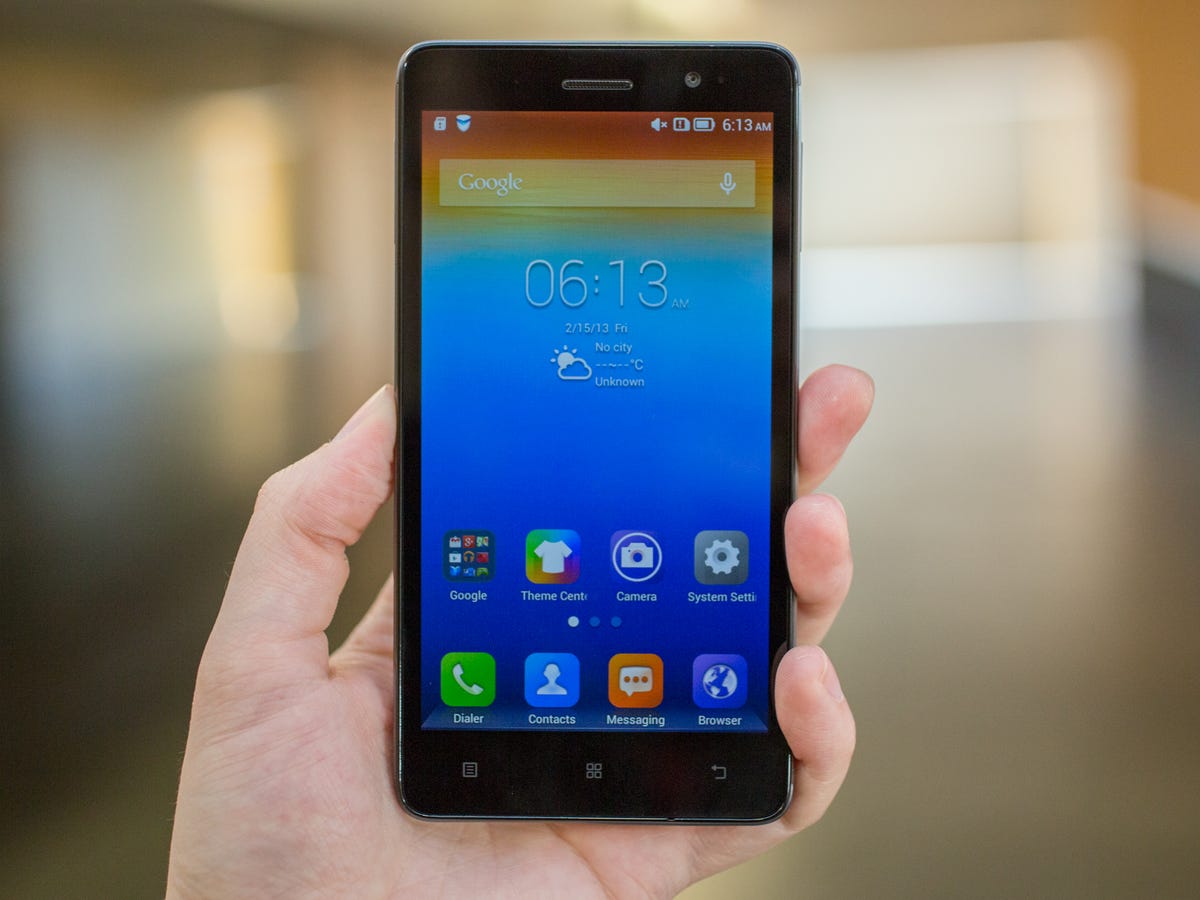BARCELONA, Spain–Established just two years back, Lenovo’s smartphone business is going places, according to numbers provided by the company. In Q1 this year, the company’s combined tablet and smartphone volume (17.3 million) has exceeded its PC’s (15.3 million), and this is thanks to the strong combined growth of 47 percent in the Asia Pacific region as well as in Europe, the Middle East and Africa.
JD Howard, the company’s vice president for mobile internet and digital home division, said at a media briefing that the company will soon be entering mature markets around the globe as part of the run phase in its “crawl, walk and run” strategy. In the crawl phase, the company entered the Chinese smartphone market, and did incredibly well.
“China’s one of the most competitive markets in the world and we went from 0.1 percent market share to 13.1 percent in 24 months,” he said.
“The question is how did we do it, and how can we do it outside of China.”
Howard explained that there were three keys to the company’s current and future success — the first key is “product.” By offering something different and better, the consumer would choose Lenovo’s products instead of a competitor. The second is branding — the company has leveraged on its successful PC business to bring aspects such as quality and durability to its handsets.
The last key Howard highlighted was partnerships — the company tends to go for partners who understood the local market, such as Ingram Micro in India.
“It’s important to choose the right partner. We have a history of long term relationships and we don’t like to have many, many partners”, said Howard.
“We like to have very good partners and work closely with them to drive our business.”
During Lenovo’s walk phase, where it started selling its handsets and tablets in emerging markets such as Latin America and some parts of Asia, Howard said that he had expected its entry-level devices to be the most popular, and was instead surprised to find strong demand for its mid-tier and high-end devices that are sold without subsidies.


Andrew Hoyle/CNET
Perhaps this is also a sign that HTC is on to something — the Taiwanese company had previously announced its renewed focus in mid-tier segment with the launch of two new mid-range handsets and as this earlier interview with a high-level HTC exec shows, the mid-tier is probably the new battleground for smartphone manufacturers.
As the company embarks on its run phase to become a global player in the mobile market, the purchase of Motorola from Google pretty much seals the deal for Lenovo. Howard says that Lenovo may reintroduce the brands back into markets where Motorola had previously pulled out off.
“I think the Motorola brand has a lot of equity. After the deal closes, we’re going to do whatever that makes business sense. So if it makes sense for us to reintroduce the Motorola brands, you will see us do it. At the end of the day, Lenovo is all about making customers happy,” he said.
So if you’re still wondering why a PC maker would buy a smartphone company, its because the PC company you thought of as Lenovo isn’t there anymore — the company has gone post-PC, and looks to be a major player in the market. Samsung and Apple had better watch out.



